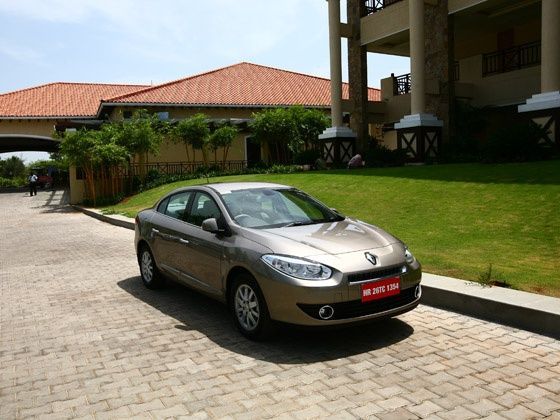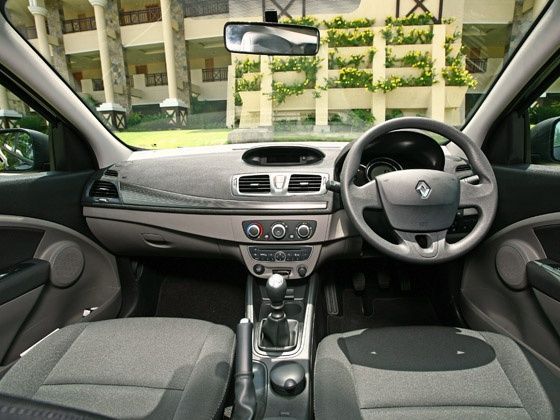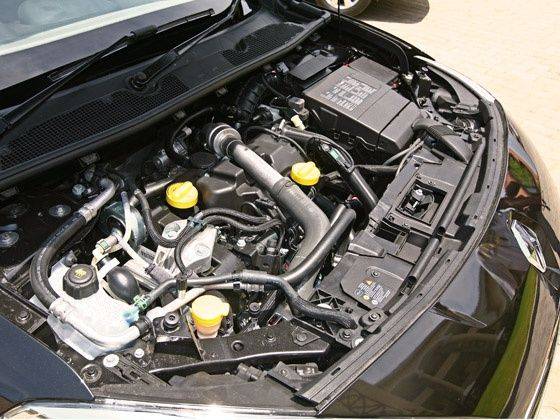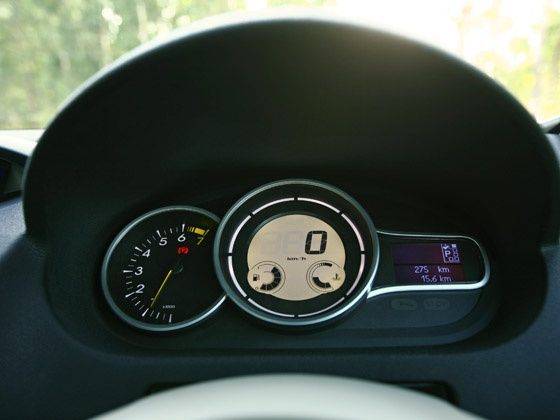Despite being a little confused about their choice of branding the 1.5 litre diesel car as a performance version of the 2.0 litre petrol Fluence, Renault is clear with one thing they're in India to stay. Muntaser Mirkar shares his first impressions on both and what they really have to offer to the Indian full-size mainstream sedan market

The French have tried before, and no, we’re not talking about the Logan. For a fine reference of the first real French automotive invasion of India in modern times we’ll have to go back to around the mid-90s. With the first wave of foreign cars that entered India – a list that included the likes of the Americans, the Japanese and the Koreans was a rather practical car that was super focused on function preceding form – the Peugeot 309. With roots that engraved deep into the rallying world, the 309 was a good car, but was just a little too late coming into the country – especially with so many modern designs cropping out of the woodwork. So, it was far from what you’d call a raving success. The French did try again, and with a different mantra in mind – this time in 2007 they went for cost effectiveness, with what the World knew as the Dacia Logan. Ok, so the car itself wasn’t truly French – it was from Romania, built in India and marketed by the French. We all know that story and how it wasn’t the dream start that Renault hoped for in India. It eventually ended up having an adverse effect on Renault’s brand image in the country and that’s the biggest challenge and mission that the car you see on these pages is going to face. The Fluence is here and its mission is to influence the Indian mindset into showing the country what French cars really are like.
Queer – a word generally used to describe all things French, isn’t one that fits the bill as far as the Fluence is concerned. This car is more conventional than most vehicles driving off Paris’ assembly lines. It’s good to look at, is bringing in some good engine options right from the very beginning and is all set to take on the more settled-in and extremely able competition from the Civic, Corolla Altis, Laura and the Cruze. It’s priced well, and comes loaded with goodies like traction control and dual zone air conditioning as standard. So then, that should generally conclude this first drive report on a good note right? But there is something wrong about the Fluence, and that’s why you should probably read on.

To begin with, and something that is quite a paradox but still in keeping with modern times – the two versions of the Fluence that are making it to India are being pitched to very different kind of buyers. But the conflict in our minds is this – the petrol variant is being pitched as the luxury, laid-back variant while the diesel car is being touted as the sporty, performance one! Now that would have been cool if the said petrol engine was a sub-2.0-litre unit and the diesel one was over the same capacity dishing loads of power. But it turns out it’s the exact opposite. The petrol engine on the Fluence is a fabulous 1997cc inline four that puts out 137PS @ 6000rpm, nice and revvy in character, feels like its got punch, but is then held back by a CVT gearbox. Ok, so things aren’t really as bad as it may seem because Renault have put in a 6-speed manual mode along with the CVT that does come to the rescue, but why o why couldn’t they mate a manual gearbox with it right from launch and do true justice to the powerplant? With the CVT that the petrol engine is being launched with, the Fluence doesn’t really feel underpowered at all – it’s just that you know there’s so much more potential under that hood. Saving grace then that the manual transmission is on its way some time later. The CVT does make a lot of sense for those looking for a car in that segment with seemless powering up to cruise speeds of around a 100km/h and yes, you really can’t take anything away from the sheer convenience that driving a CVT brings.

Which then brings us to the diesel engine – supposed to be sporty and performance-oriented, right? Well, on paper it really isn’t because when you look at the spec sheet and figure out that the Fluence diesel’s engine is just 1461cc, 106PS and the same unit that powers the Micra dCi, you’re bound to be a little skeptical as we were. But the brilliance of Renault’s engineers is that they’ve got the state of tune just right and the gear ratios near-perfect to extract the maximum they could out of the otherwise puny-compared-to-the-competition engine. The Fluence diesel pulls well, and yes, with the black interiors does look sporty enough from the inside as well. Fuel efficiency is something we’ll have to test for ourselves later when we get the cars for a complete instrumented test.

The interiors on the Fluence are another thing that are more European than French. Conventional with a twist is what we like to call it with its very horizontal theme all along the dash. The petrol car comes with different specs on the inside than the diesel car. In fact, the plush opulence of the petrol car makes the diesel car seem under-kitted. The petrol car has lighter interiors, climate control, wooden accents, steering controls, Bluetooth, rear a/c vents, etc – just some of the things that are missing from the darker interiored diesel car. But undoubtedly, the best visual feature on the Fluence is one that is shared by both variants and one that will be in the driver’s view for the most time – the extremely funky instrument console! With its white faced round digital speedo that also houses the engine temperature and fuel gauges, flanked by a round tacho on the left and a rectangular section on the right for the tell-tale lights, the Fluence’s console looks pretty much like that on a bike and you could stare at it mesmerized all day.









No comments:
Post a Comment